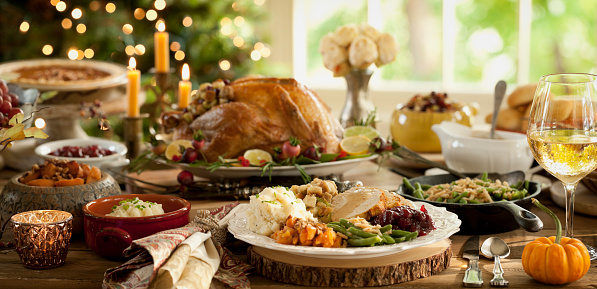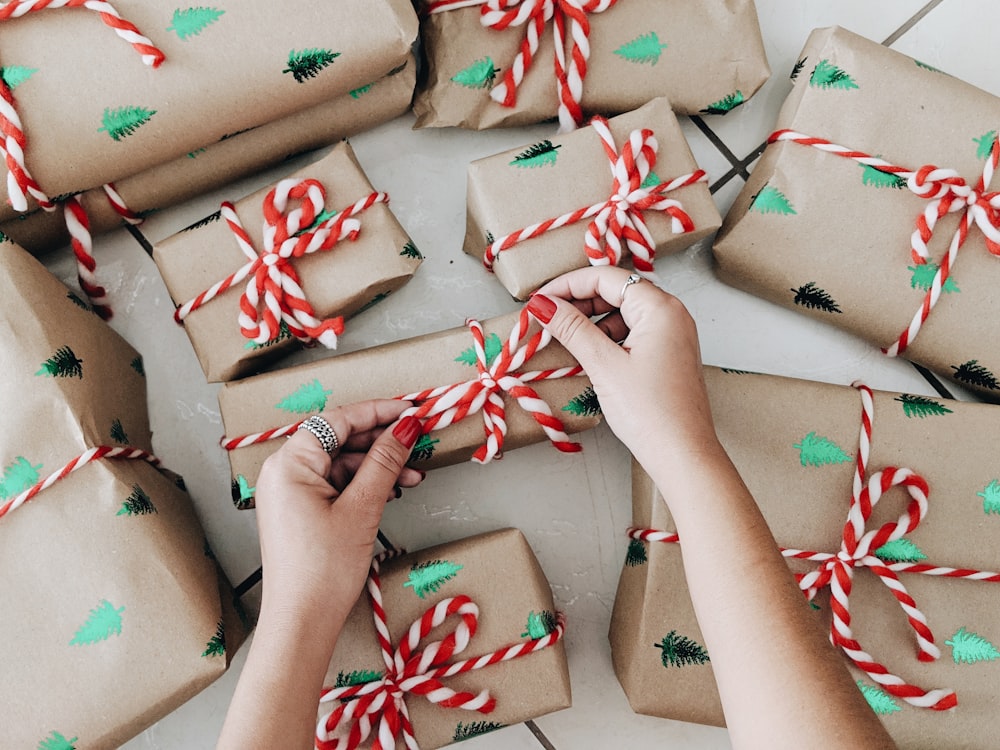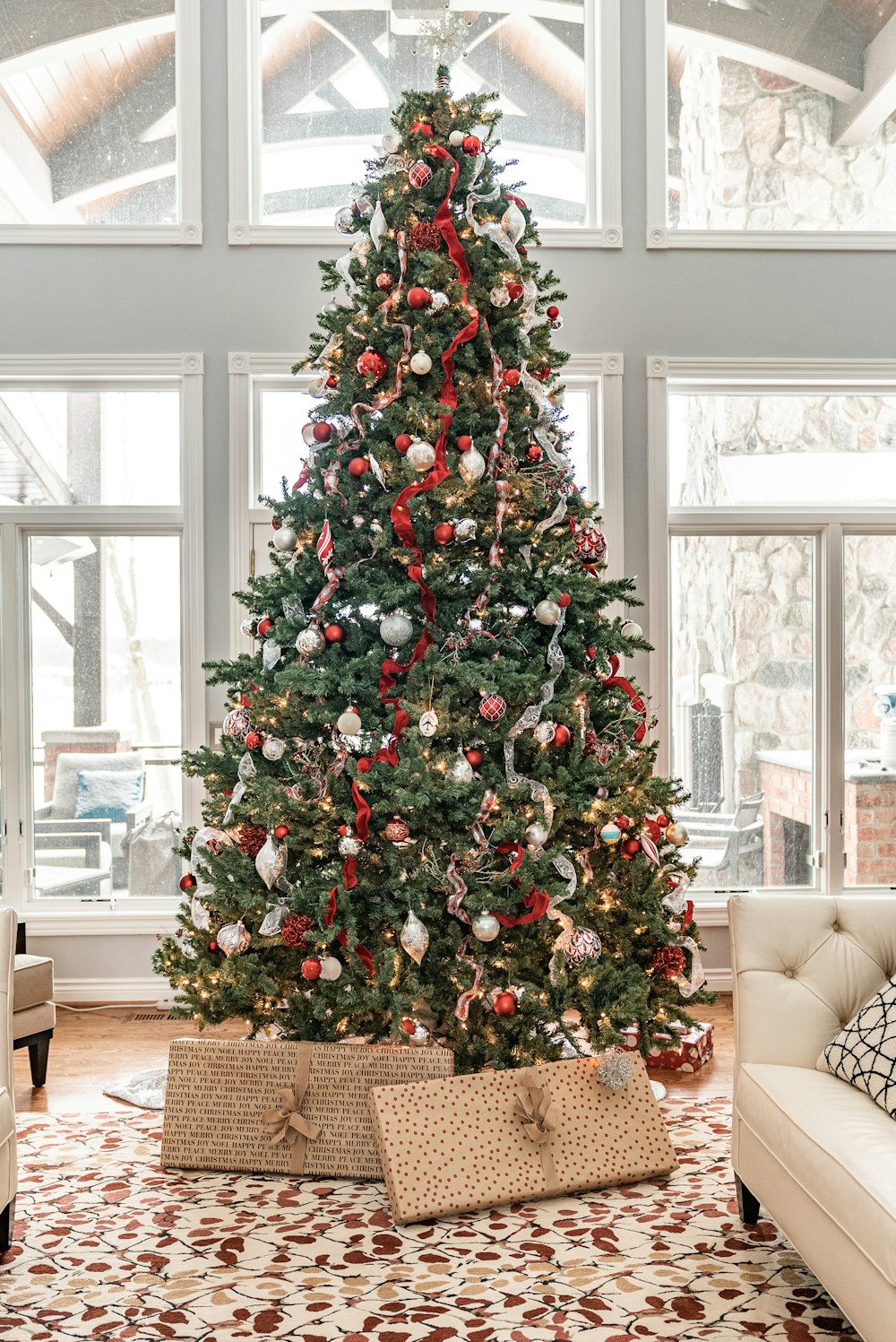Sustainabilty this festive season
Christmas is a time full of joy and festivity, a time to feast and enjoy the company of family and friends, but Christmas takes a huge hit on the environment. It is by far one of the busiest and most over consumed periods of the year, though this should not mean we feel guilty about enjoying and celebrating this festive period. In this blog, I will highlight the ways in which we can have a more sustainable holiday season.
Food

This Christmas season, we as a nation will eat 80% more food than we do the rest of the year – with over 10 million turkeys and 35 million bottles of wine being eaten and drank. Overeating to this extent means there is so much excessive waste (230,000 tons to be exact) and pollution.
Cutting down food, eating more plants and freezing any Christmas leftovers are just some simple ways you can help the environment during this festive period. Food production is the biggest cause of tropical deforestation, due to issues like this the reality of how much food you need should be in the forefront of your mind. So many people tend to overbuy food and therefore – as mentioned above so much goes to waste. While left over food may be unavoidable, you can enjoy leftovers the next day or freeze it, in portion sizes to avoid further waste, to eat in the future.
Wrapping paper
Like food, wrapping paper creates so much pollution and waste over the festive period. In 2016, we threw away 227,000 miles of wrapping paper, enough to wrap around the Island of Jersey. As well as this, Greenpeace recently found that as little as one kilogram of wrapping paper emits around three and a half kilograms of Carbon Dioxide during its production process, taking around one and a half kilograms of coal to power its production. This does not consider further packaging and transportation.
Wrapping paper is disliked by recycling facilities, with some local authorities even refuse to accept it. Make their job easier by removing any ribbons, bows and tape. Paper with foil in it cannot be recycled – if you are not sure, scrunch it up and see if it springs back into shape, if so, it cannot be recycled. We have suggested wrapping alternative posts on our social media – be sure to head on over to get some ideas.
https://www.instagram.com/p/CXgmpH-M5SR/
Trees
There is always a massive debate discussing whether you should buy a fake or real Christmas tree, whether this be aesthetically or environmentally. Each year around eight million real trees and five million artificial trees are bought.
Artificial trees have a carbon footprint equivalent to 40kg of greenhouse gas emissions with the main material of the artificial trees being plastic. They are non-biodegradable which produces further negative impacts on the environment.
Christmas tree farms absorb carbon as the crop grows, they are a renewable resource and offer habitat to local wildlife, of course it would be better if they were left standing rather than cut down once fully grown.
If you do opt for a real Christmas tree, ensure its recycled come January. Carbon Trust figures suggest a real tree disposed of properly (recycling for wood chips or burning it) will cause about 3.5kg of carbon dioxide emissions.
However, an artificial tree is not necessarily going to put you on Santa’s naughty list, as the longer you keep an artificial Christmas tree, the better. It is said that after ten years the environmental costs of having an artificial tree begin to even out- so only get an artificial tree if you’re going to keep it for that long.
Overall, the best option is a live tree, either buying one in a pot that you can replant or reuse next year, maybe even a rental. If that is too much hassle or cost, do not stress: the environmental impact of Christmas trees isn’t as large as it may seem. If you feel guilty about your festive conifer, use public transportation, or walk for the week and it will begin to even up
Other places to be sustainable in –
- Switch to rechargeable batteries
Electronic toys and devices are some gifts that require disposable batteries. Recharging batteries can be used up to 1500 times, therefore helping the environment while being cheaper
- Buy sustainable Christmas decorations
Unfortunately, however, Christmas tree lights tend to be switched on for around ten hours a day, which produces enough CO2 to fill five party balloons, if they happen to be incandescent bulbs.
However, you can still enjoy Christmas tree lights while being eco-friendly. For example, a 70-count string of five millimeter Wide Angle LEDs uses only around five watts, whereas a 100-count string of incandescent mini lights would run at 40 watts.
- Environmentally-friendly Christmas cards
Earthbits, a sustainable and zero waste online store currently sells eco-friendly Christmas cards made from materials such as seeded paper, coffee paper, banana paper, and even elephant dung.
A zero-waste alternative is plantable Christmas cards. When the biodegradable paper is planted in a pot of soil, the seeds will grow and eventually the paper will decompose.
_https://commercialwaste.trade/the-true-cost-of-christmas/ #
Aliya Hussain
Community Development Assistant (UK Year of Service)
aliya.hussain@groundworknottingham.ork.uk



